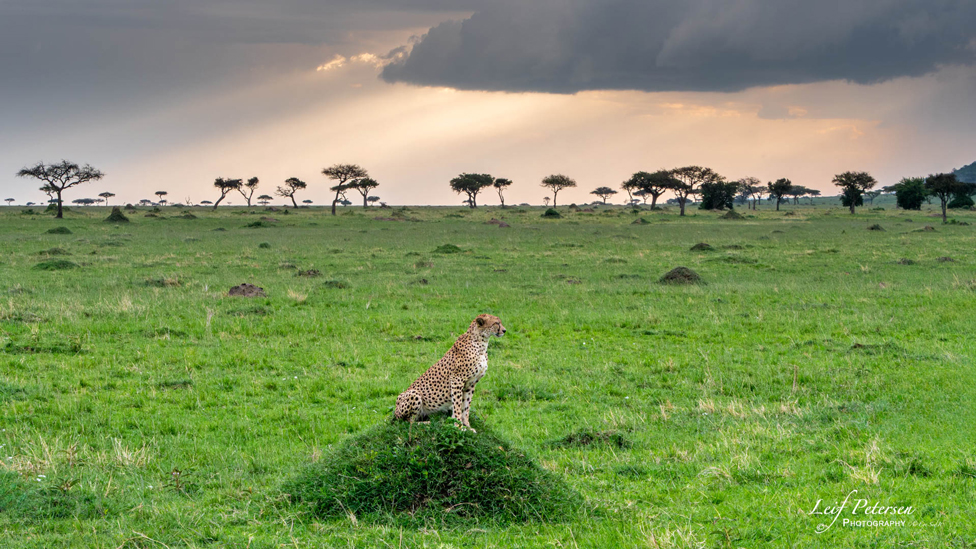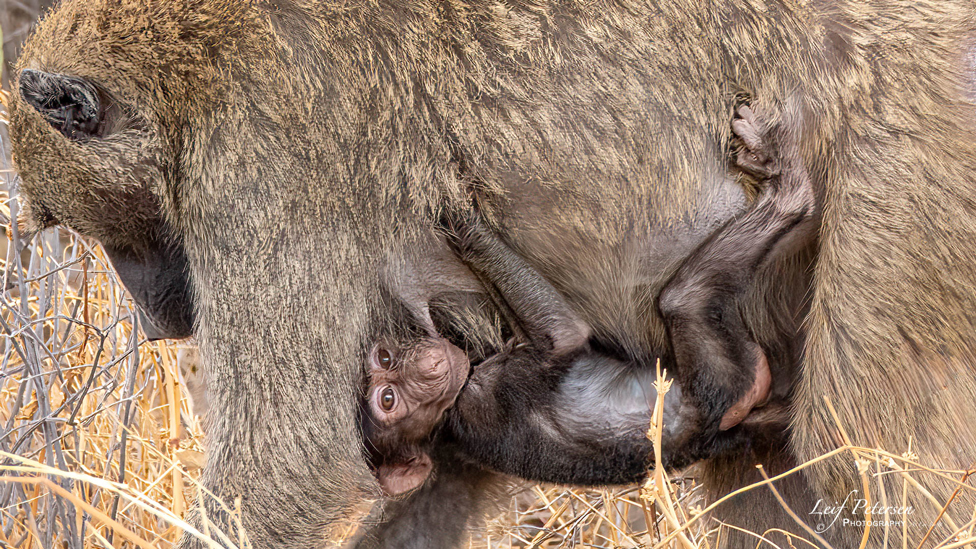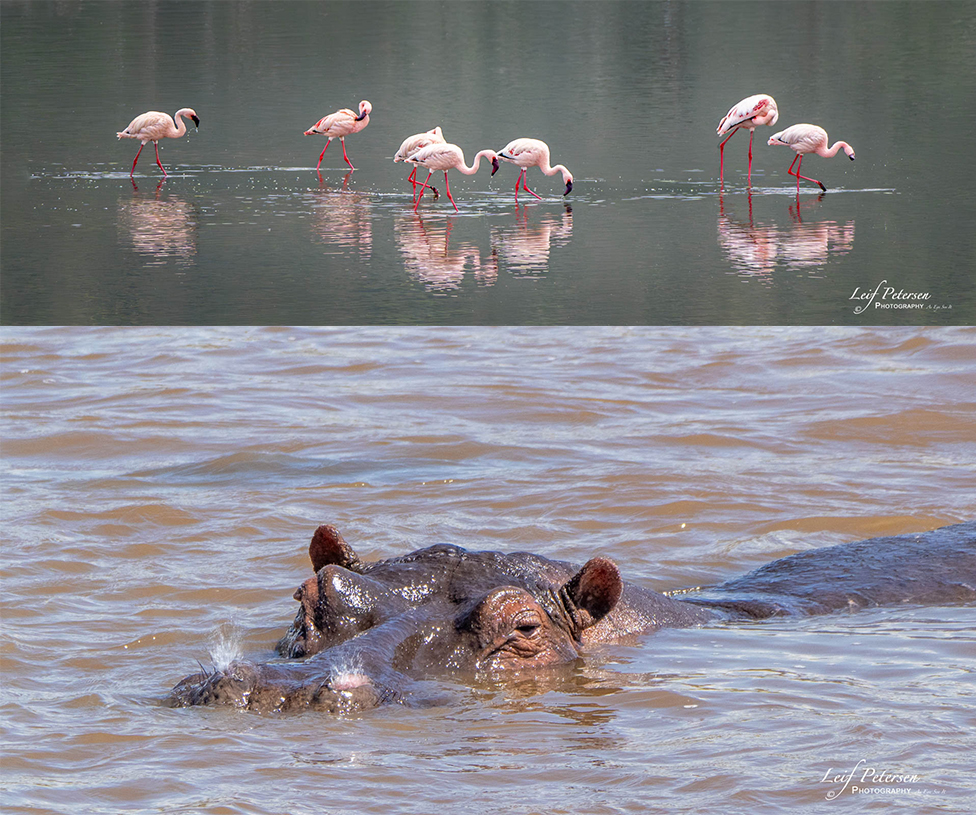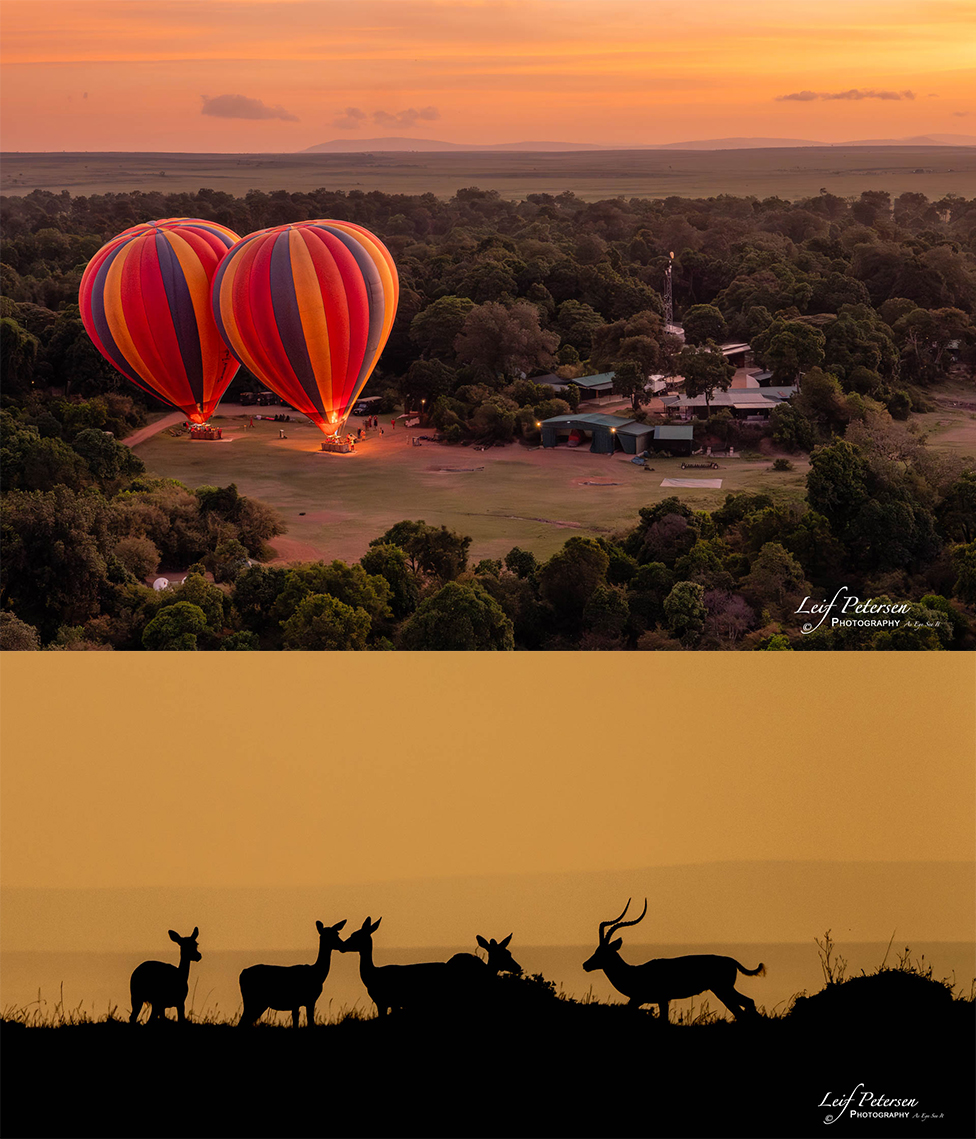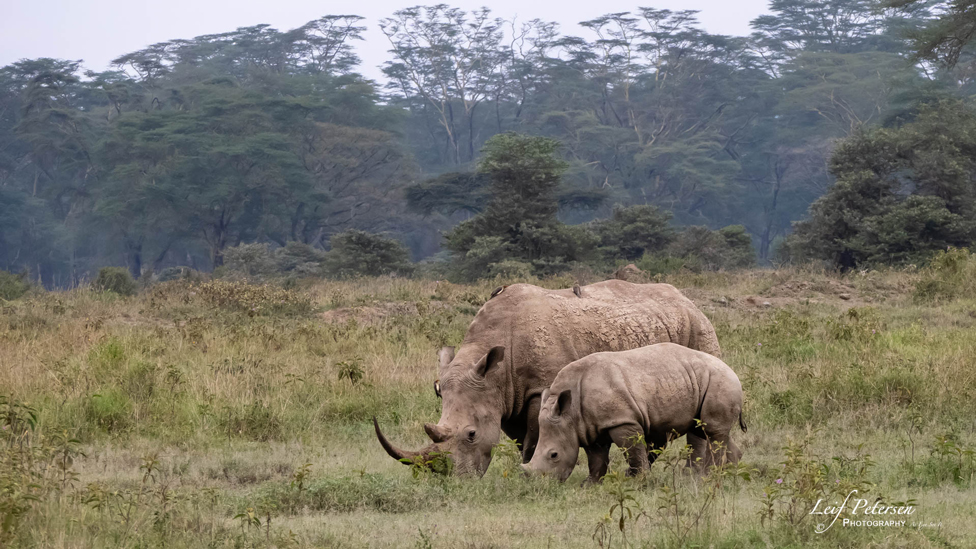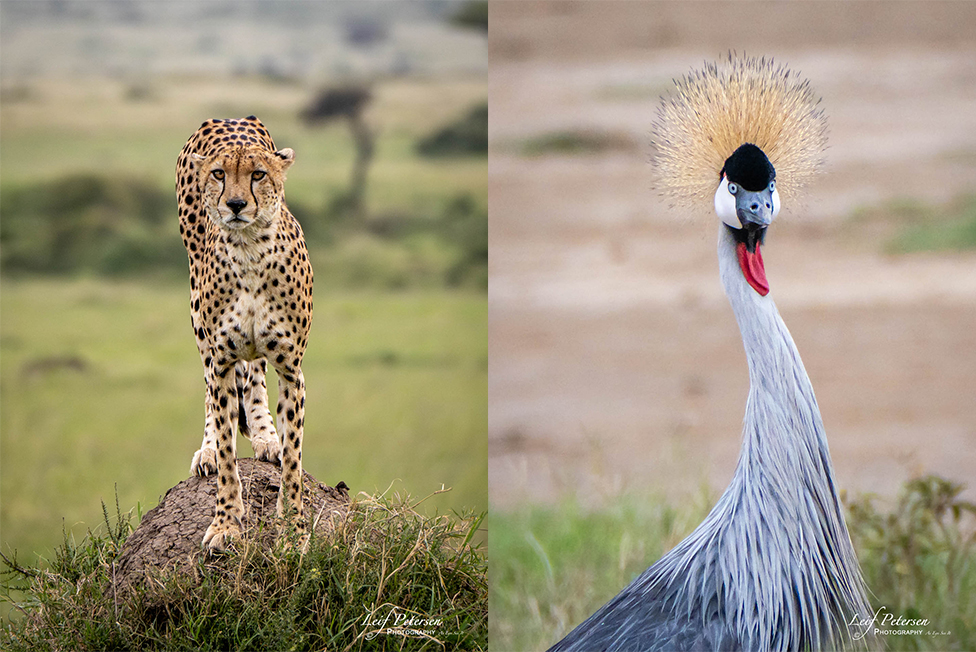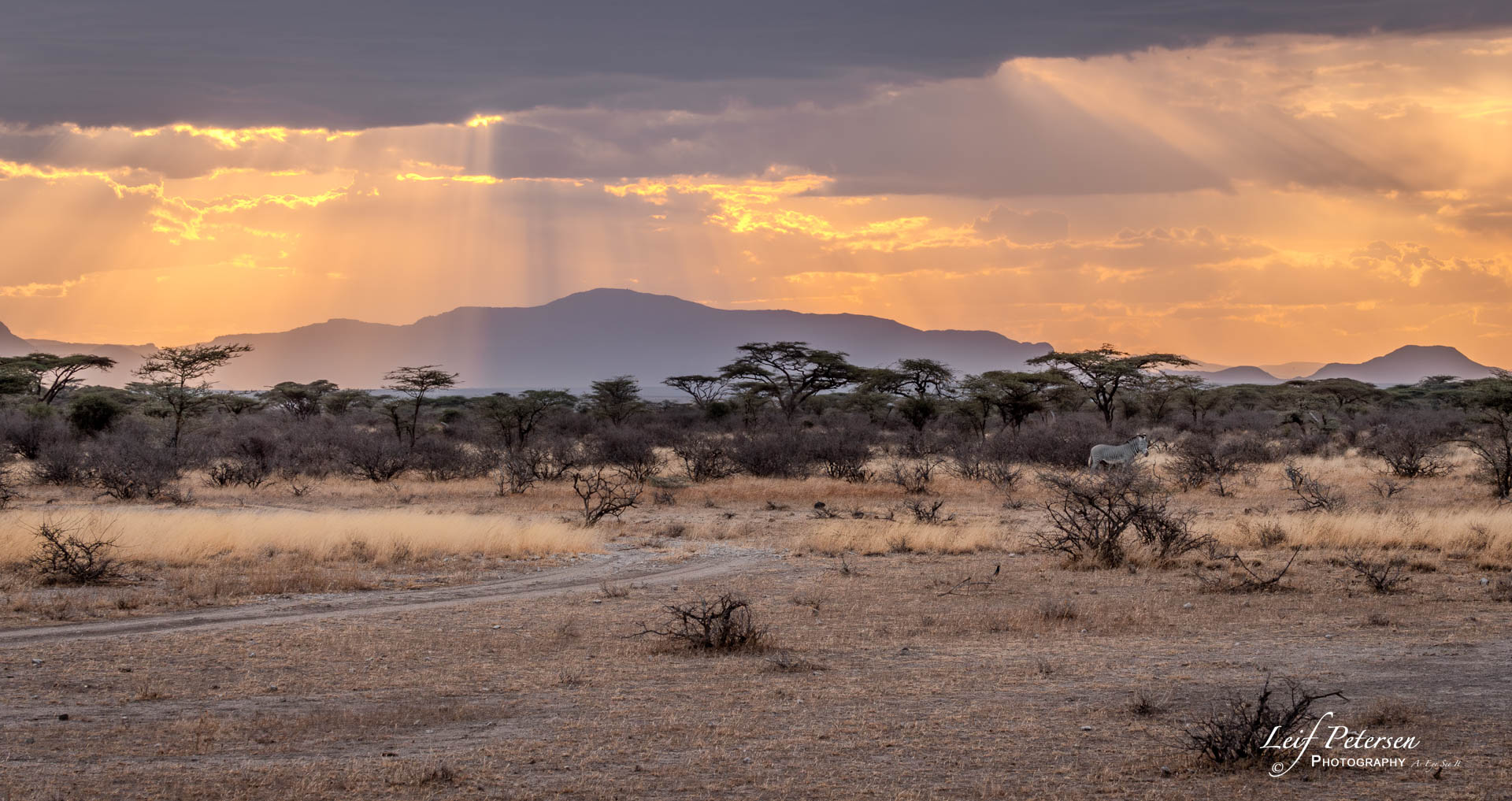On Safari in Africa with the G9II
I've been very fortunate to have traveled extensively for my job, vacations and, since retiring, photography tours: I've hit all 7 continents. Although I had been to Africa, it wasn't a photography tour and didn't involve a hot air balloon ride over the Masai Mara, both of which have been high on my bucket list for many years.
That changed in October this year, when I joined Photo Tour Trekkers (PTT) on a 15-day trip to Kenya and Uganda. From start to finish, our group of 13 photographers couldn't have asked for a better, more professionally arranged trip, thanks to James Cowie, owner of PTT, and his partner, Tourcan Vacations.
In anticipation of this trip, I approached Panasonic Canada about trying out the new LUMIX G9M2 camera. Not only did the wonderful folks at the Mississauga head office pull out all of the stops to get me one, they also included the updated Leica 100-400mm lens and the new TC20 2X teleconverter, which stretches the focal length out to 800mm (35mm camera equivalent = 1,600mm). With this kit and one of my G9 bodies and the Leica 12-60mm lens packed, I was ready for whatever Africa had to offer!
The flight with Ethiopian Airlines, from Toronto to Entebbe to Nairobi, was very comfortable. We spent 2 nights in Nairobi and 1 full day of photography at the Sheldrick Wildlife Trust's Elephant Orphanage, the Rothchild Giraffe Centre and the Karen Blixen Estate. The day was topped off with an evening BBQ at the home of the owner of Twiga Tours, PTT's African travel partner. Twiga Tours is a premier, award winning company offering east African safaris for over 40 years.
For the next 7 days, we traveled to several of Kenya's largest territories all populated with a stunning variety of animals and birds - Samburu National Reserve, Aberdares National Park, Lake Nakuru National Park and, to top it all off, the Masai Mara National Reserve.
Our group travelled in 3 Twiga Tours well equipped Toyota safari vehicles. I can't think of anything that could have been added to the vehicles to make them any more conducive to photography. Our 3 drivers - George, Martin and Farouk - have been with Twiga Tours for many years; we couldn't have asked for more knowledgeable, friendly and safety-minded people to guide us through Kenya.
The photography was nothing short of stunning! No doubt there were a few animals that we didn't see, but the only one I can think of is an aardvark, although we saw their abandoned burrows that the warthogs take over. As for birds, I wanted to get shots of a lilac breasted roller. I saw one during dinner at one of the lodges, but I didn't have a camera with me.
A few people have asked me what the highlight of the trip was. My answer, "The trip!" As for animals and birds, there were so many highlights: the lion prides, cheetahs, leopards, cape buffalo, wildebeest, the many species of antelopes - gazelle, impala, topi, oryx, bushbucks, waterbucks, gerenuk,, etc. - the 'parades' of elephants, the 'towers' of giraffes, white rhinos, hippos, flamingo, storks, fish eagles, hawks, pelicans and many, many more.
One of the major highlights for me was the 1-hour, early morning hot air balloon ride. It was, in a word, spectacular! We took off during a beautiful sunrise and bright blue skies followed. As we approached the Mara River, we photographed many animals, even rhinos in the river, as we drifted over. This was my second hot air balloon ride and I was very excited about doing it there. If you've never been in one, it is very quiet and you really don't even get the sense that you're moving. After landing, the experience was topped off with a traditional full champagne breakfast set up in the fresh air. Besides the champagne, we were offered omelettes to order, a large variety of fruit, bread, cheeses, etc. What a way to top off the morning!
We departed Kenya from a small airstrip close to our lodge on an early morning flight to Uganda in a small bush plane, which saved us a full day of driving. During our 2 days in Uganda, we visited the Kibale National Park, home to colonies of chimpanzees, and the Bwindi Impenetrable National Forest, where we tracked and photographed gorillas. A lot of trekking was involved, some through very dense growth and steep inclines, but we saw both groups of animals. What a thrill it was to be close enough to them to photograph using a medium zoom lens, although we used long ones also to get the up close 'passport' shots. Watching a silverback gorilla interact with his female and baby was incredible.
All our accommodations throughout the trip were first class…the rooms, the meals, the overall service left us wanting for nothing. In fact, the whole trip left me wanting for nothing…except to go back again. If/when I do, it will be with Photo Tour Trekkers.
This trip would not have been so successful for me without the new G9M2. After taking some time to familiarize myself with the camera's menu system and getting used to the changes vs the G9 prior to the trip to Africa, I was ready to shoot. I thought I might miss not having the top screen, but everything is right there on the dials so, in a sense, it's a simple layout and easy to work with. As with all of the LUMIX cameras I've shot with, the menu system is intuitive and easy to work with.
I'm impressed with everything about the camera. I had left my tripod at home, hoping that the 8- stop stabilization would take its place and I wasn't disappointed. I shot at some high ISO's while in Africa and since, in some very low light situations. Any noise is easily handled in post. Just recently, I was involved in some night shooting and tried handholding for up to five seconds, which tested both the noise and stabilization. I was very pleased with the results.
I didn't shoot a lot of video in Africa, but I was very impressed with what I did and I was able to pull out some great individual frames. Again, the stabilization was a bonus as was the dynamic range. I had many occasions to shoot in Burst Mode 1 and I came away from those opportunities feeling like I didn't miss the shot I wanted. The only challenge is that I shot too many frames and now I have to sort through them all.
The Phase Hybrid AF is fantastic. Locking in on an animal's eyes is fast and accurate, even in some questionable situations, for instance, shooting a leopard in tall grass. A fast-moving target was no problem either. Matching that with the 100-400mm lens makes for a powerful combination for nature photography and mounting the 12-60mm worked great for some stunning landscape opportunities.
